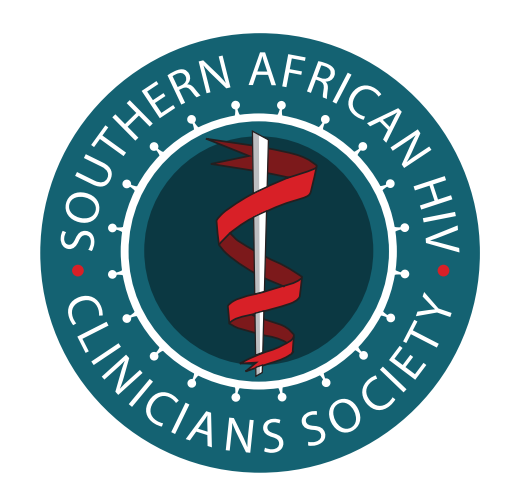Original Research
Perceived adherence barriers among patients failing second-line antiretroviral therapy in Khayelitsha, South Africa
Submitted: 12 December 2013 | Published: 22 November 2013
About the author(s)
W Barnett, School of Public Health and Family Medicine, University of Cape Town, South AfricaG Patten, Médecins Sans Frontières, Khayelitsha, Cape Town, South Africa
B Kerschberger, Médecins Sans Frontières, Khayelitsha, Cape Town, South Africa
K Conradie, Médecins Sans Frontières, Khayelitsha, Cape Town, South Africa
D B Garone, Médecins Sans Frontières, Khayelitsha, Cape Town, South Africa
G Van Cutsem, Médecins Sans Frontières, Khayelitsha, Cape Town, South Africa; Centre for Infectious Disease Epidemiology and Research, School of Public Health and Family Medicine, University of Cape Town, South Africa
C KJ Colvin, Centre for Infectious Disease Epidemiology and Research, School of Public Health and Family Medicine, University of Cape Town, South Africa
Abstract
Background. The recent scale-up of antiretroviral therapy (ART) coverage in resource-limited settings has greatly improved access to treatment. However, increasing numbers of patients are failing first- and second-line ART.
Objective. To examine factors affecting adherence to second-line ART from the perspective of clinic staff and patients, assessing both individual and structural perceived barriers.
Methods. Research was conducted at a large primary care tuberculosis (TB)/HIV clinic in Khayelitsha, a peri-urban township in Cape Town, South Africa. Participants were drawn from a Médecins Sans Frontières-run programme to support patients failing second-line ART. A qualitative research approach was used, combining multiple methodologies including key informant interviews with staff (n=11), in-depth interviews with patients (n=10) and a Photovoice workshop (n=11). Responses and photographs were coded by content; data were transformed into variables and analysed accordingly.
Results. Staff identified drinking, non-disclosure, not using condoms and pill fatigue as barriers to ART adherence, while patients identified side-effects, not using condoms and a lack of understanding concerning medication timing. With respect to service delivery, staff identified a need for continued counselling and educational support following ART initiation. Patients were concerned about missing medical records and poor staff attitudes in the clinic.
Conclusion. These findings identify discrepancies between provider and patient perceptions of barriers to, and facilitators of adherence, as well as of service delivery solutions. This highlights the need for on-going counselling and education following ART initiation, improved quality of counselling, and improved methods to identify and address specific barriers concerning medication adherence.
Keywords
Metrics
Total abstract views: 4509Total article views: 7056
Crossref Citations
1. Getting to 90-90-90 in paediatric HIV: What is needed?
Mary-Ann Davies, Jorge Pinto, Marlène Bras
Journal of the International AIDS Society vol: 18 first page: 20770 year: 2015
doi: 10.7448/IAS.18.7.20770
